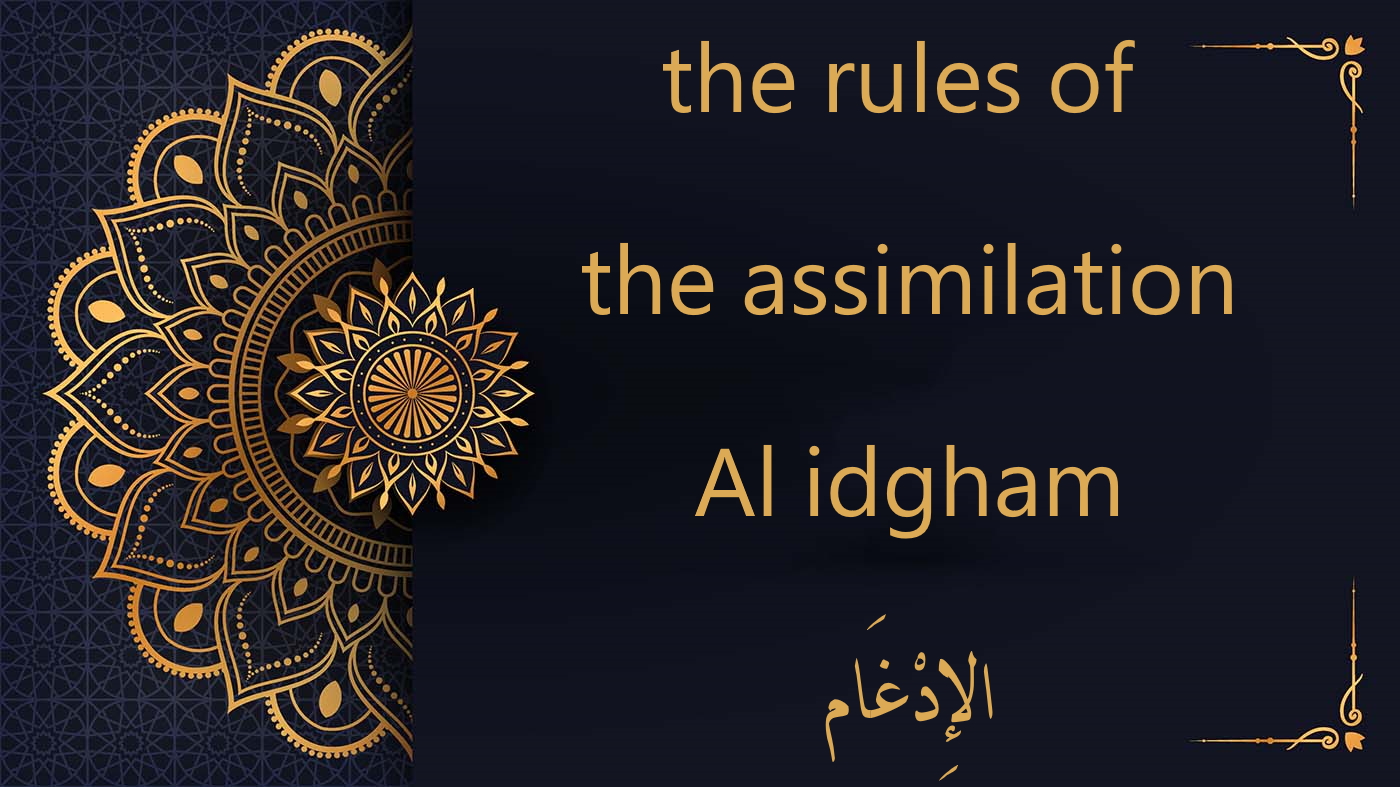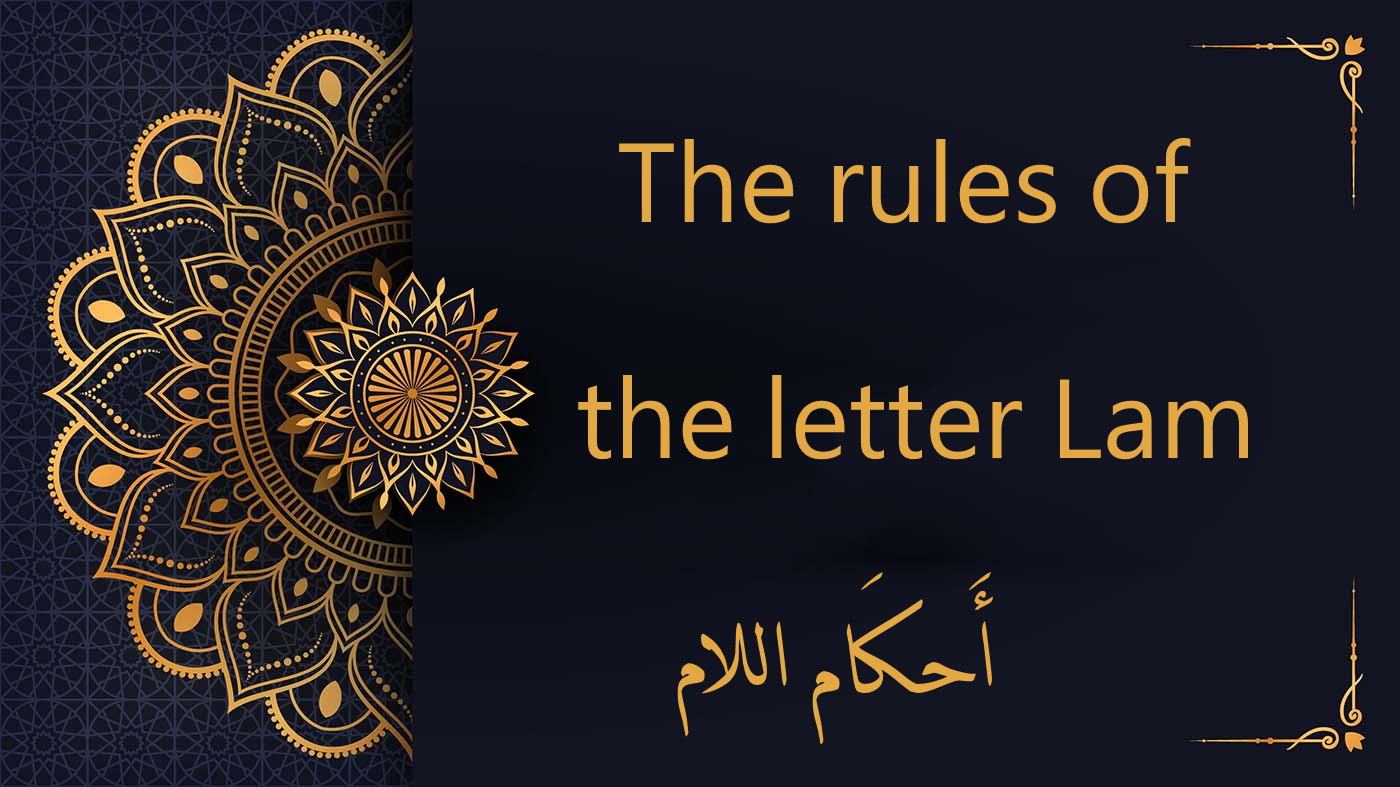
What is nabr in tajweed – النَّبْرُ | Tajweed rules
Understanding Nabr in Tajweed: النَّبْرُ and its Rules Nabr in Tajweed refers to a subtle elevation of the voice and is identified in five distinct

Understanding Nabr in Tajweed: النَّبْرُ and its Rules Nabr in Tajweed refers to a subtle elevation of the voice and is identified in five distinct

Exploring the 7 Varieties of ‘Alif’ in Tajweed Principles In the intricate tapestry of Tajweed, specific rules govern the pronunciation of letters, enhancing the beauty

Mastering Tajweed: Understanding the Stops at إِلَّا and وَلَكِن In the intricate science of Tajweed, certain verses hold particular recitation rules that magnify the eloquence

Understanding Quranic Stop Signs with Illustrations | Free Tajweed Course 1. Essential Quranic Stop Signs – الْوَقْفُ الَّازِم Stop that allows the sentence to be

Mastering the Art of Silence – السَّكْتُ | Free Tajweed Course Silence, also known as ‘Sakt’ – السَّكْتُ, is a brief pause in Quranic recitation

Commencing and Concluding Quranic Recitation in Tajweed Rules When engaging in the profound act of reading the Holy Quran, it’s essential to understand that one

Tajweed rules of the Assimilation of Two letters Al Idgham In the rich tapestry of the Arabic language, the term ‘assimilation’ or ‘idgham’ metaphorically captures

The Tajweed Rules of the Hamza Letter In the sacred text of the Holy Quran, the letter hamza (ء) manifests in two distinct forms:

Mastering the ‘Lam’ Letter: A Comprehensive Tajweed Guide 1. Recitation of the Letter Lam (ل): Always Light, Without Emphasis Recitation of the Letter Lam (ل)

Tajweed Rules: Understanding the Role of Alif The Letter Alif (ا) in Tajweed: A Dual Pronunciation In the realm of Tajweed, the science of

Al-dirassa Institute offers you a gift to help you begin your journey to being fluent in Arabic and learning the Quran.

Al-dirassa Institute offers you a gift to help you begin your journey to being fluent in Arabic and learning the Quran.